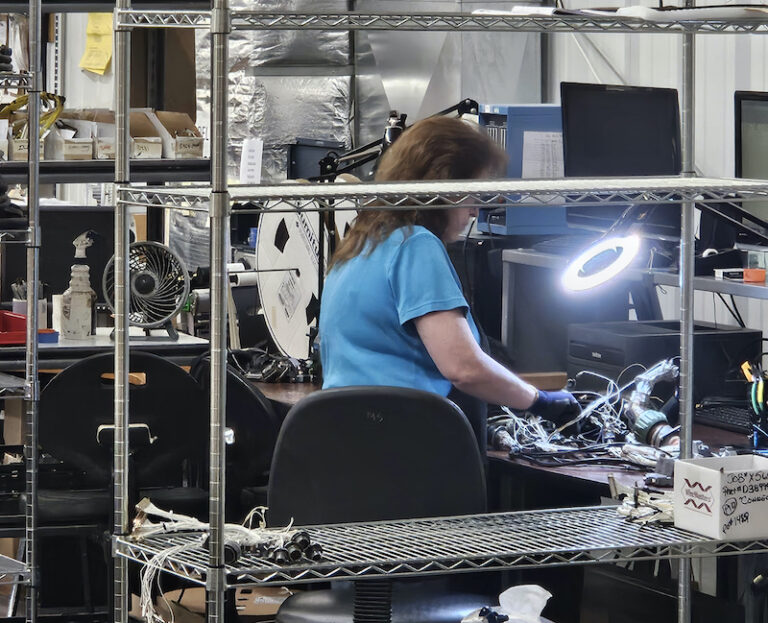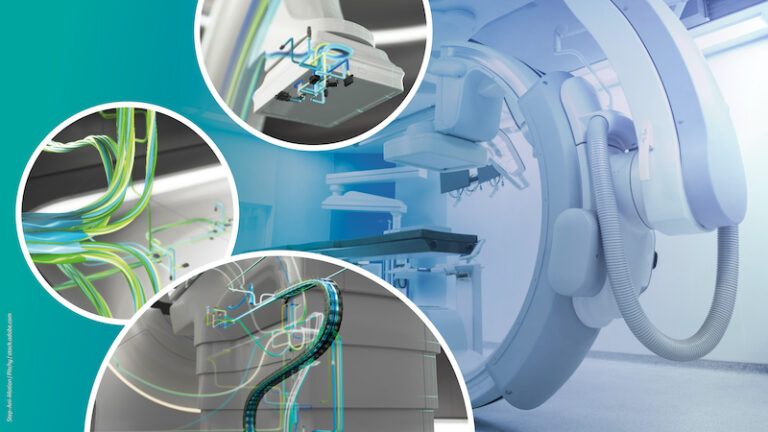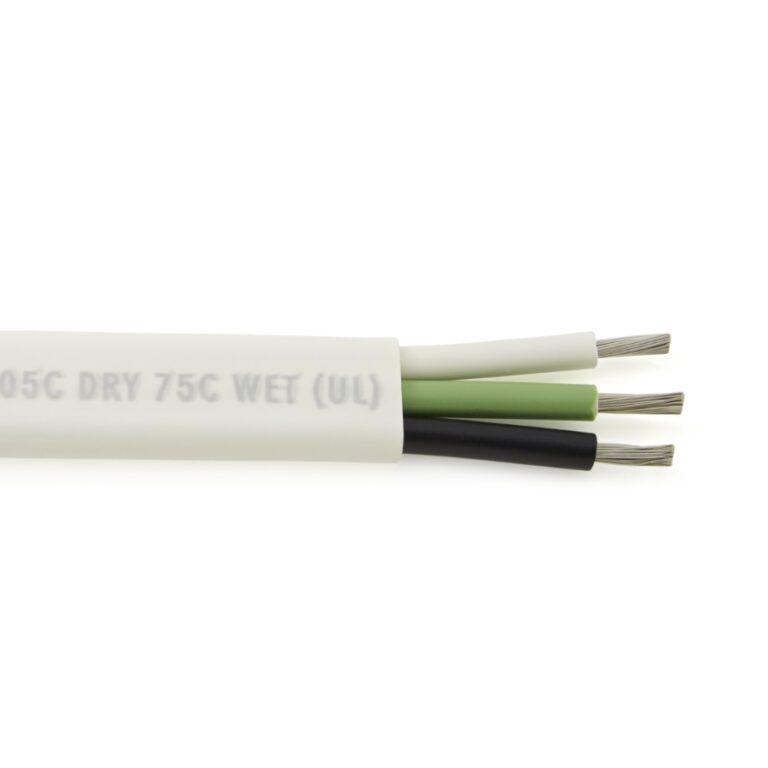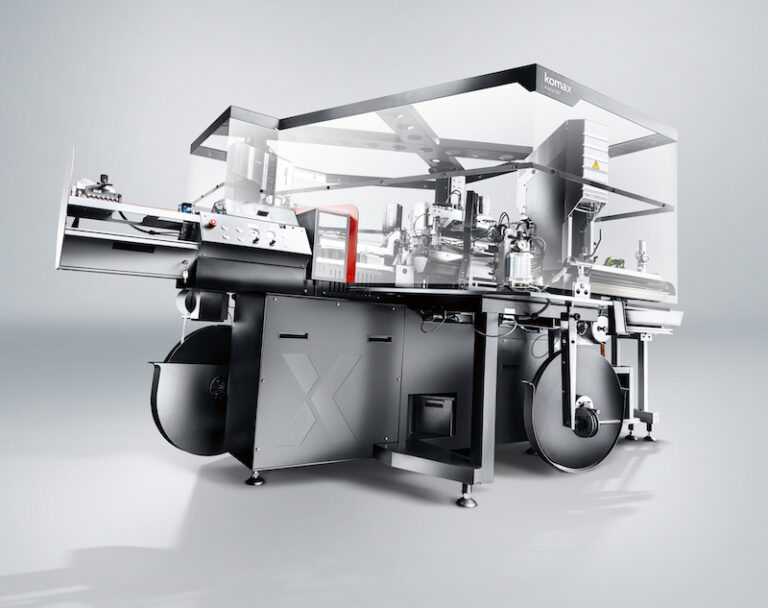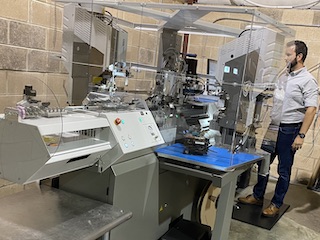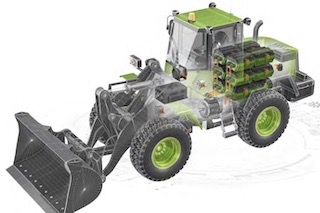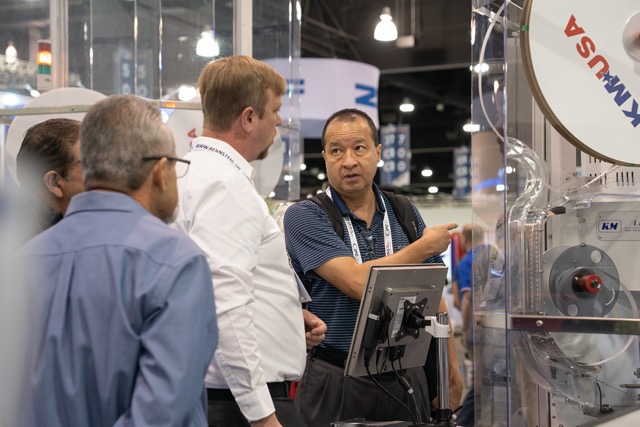Intelligent Vs. Non-intelligent Part Numbers:
Which are better in manufacturing?
By Adam Amos, Flux Connectivity
In the world of manufacturing, there are different methods by which parts are managed. And, in the cable and harness production industry, there is an ongoing debate about which of those methods are best. There are two, in particular, that we’re referring to: intelligent part numbers and non-intelligent part numbers. By their very names, you’d think there was no debate at all.
When has being “non-intelligent” ever been better than being “intelligent”, right? Well, as you may have guessed, there is more to these methods than their names. So, let’s break down what each of them really means.
What is intelligent part numbering?
There are numerous companies within the manufacturing realm that swear by the intelligent part numbering method. Intelligent part numbering is a process by which descriptive details about the characteristics of each part are provided. The overall objective of providing such clear information is to avoid any confusion about the parts and to save time.
Professionals who vouch for the intelligent part numbering method highlight how easy and efficient it makes searching for parts. By clearly labelling a cable assembly “CAB”, for example, it makes the part easy to locate and sort among the many others that may be necessary on a production line.
The “intelligent” method also helps to specify the groups to which every part belongs. Locating parts that are in the wrong groups is made easy. This allows for efficient processing.
Opponents of intelligent part numbering, on the other hand, note the challenges associated with having to train workers on how to appropriately define and label each part. Differentiating the names of each part can be confusing when they start to share some of the same characteristics. A misnamed part can wreak havoc on a product’s design if it is mistakenly used.
What is non-intelligent part numbering?
Non-intelligent part numbering is a process by which no descriptive details about each part is provided, but instead, a numbering system is used to differentiate each part. Instead of any descriptions, a list of serial numbers is created and assigned to each separate part. Proponents for the non-intelligent part number method believe that much less training is required in order for workers to learn it.
After all, you don’t need to know anything about the part in order to assign it a number. However, those who prefer the intelligent part numbering method contend that it’s much harder to locate parts based on random serial numbers. When perusing through a spreadsheet, for example, it’s difficult to tell one part from the other without any descriptions or names.
Opponents also cite having no frame of reference when trying to select a part. Again, numbers don’t provide descriptions, so being confident that the right part has been chosen doesn’t come easy.
Choosing the right method all depends on your business.
Manufacturing companies that are large in size often have multiple product lines. Training large staffs can be difficult, so such organizations often opt for the non-intelligent part numbering method to make things easier. It’s important to take into account the size of your company and its overall objectives. Each part numbering method is designed to meet different requirements and specifications. Which one would work best for you?
Which one works best for Flux Connectivity? Find out by giving them a call at 1-800-557-FLUX or emailing them at [email protected]. Read more informative posts at fluxconnectivity.com.























